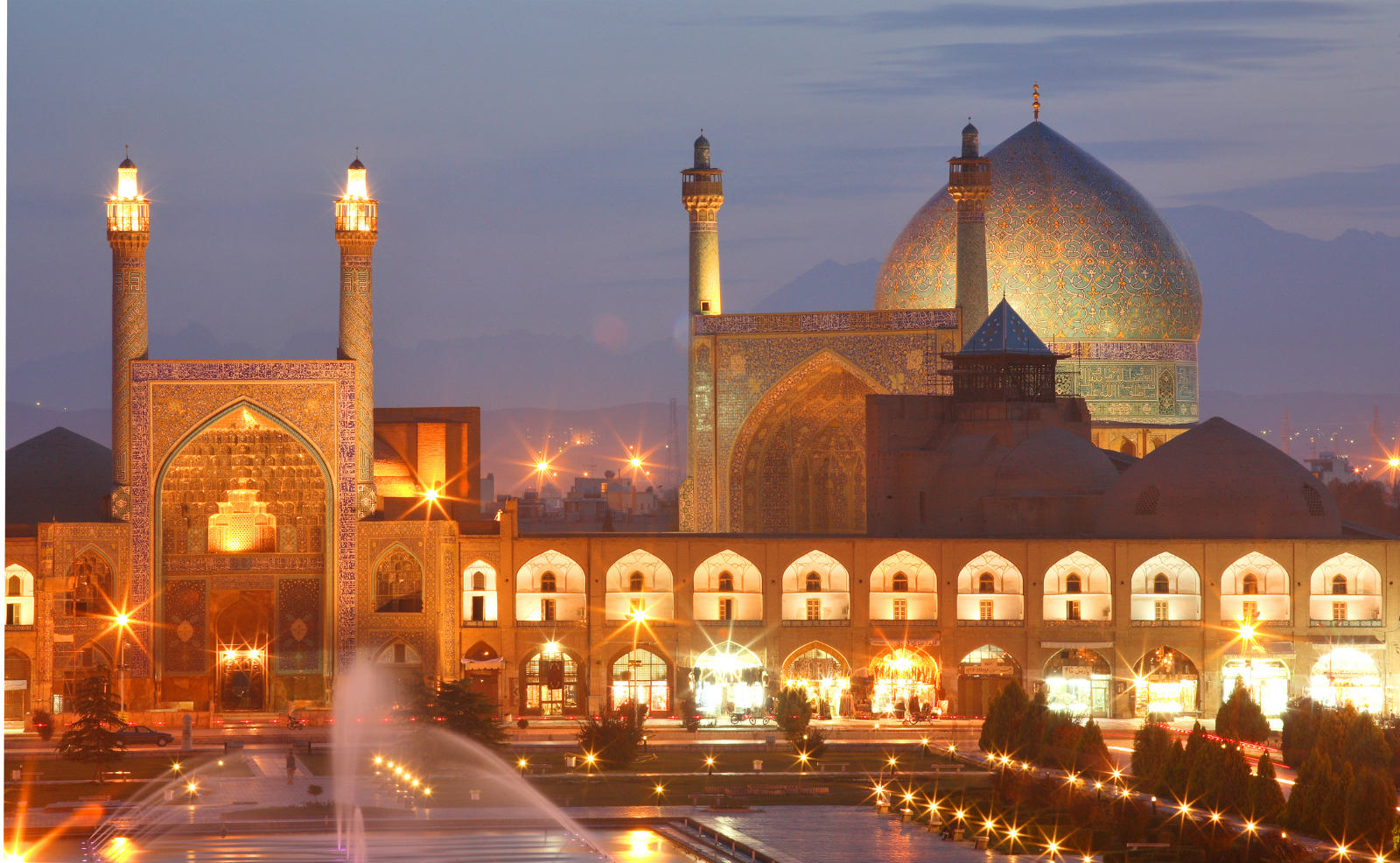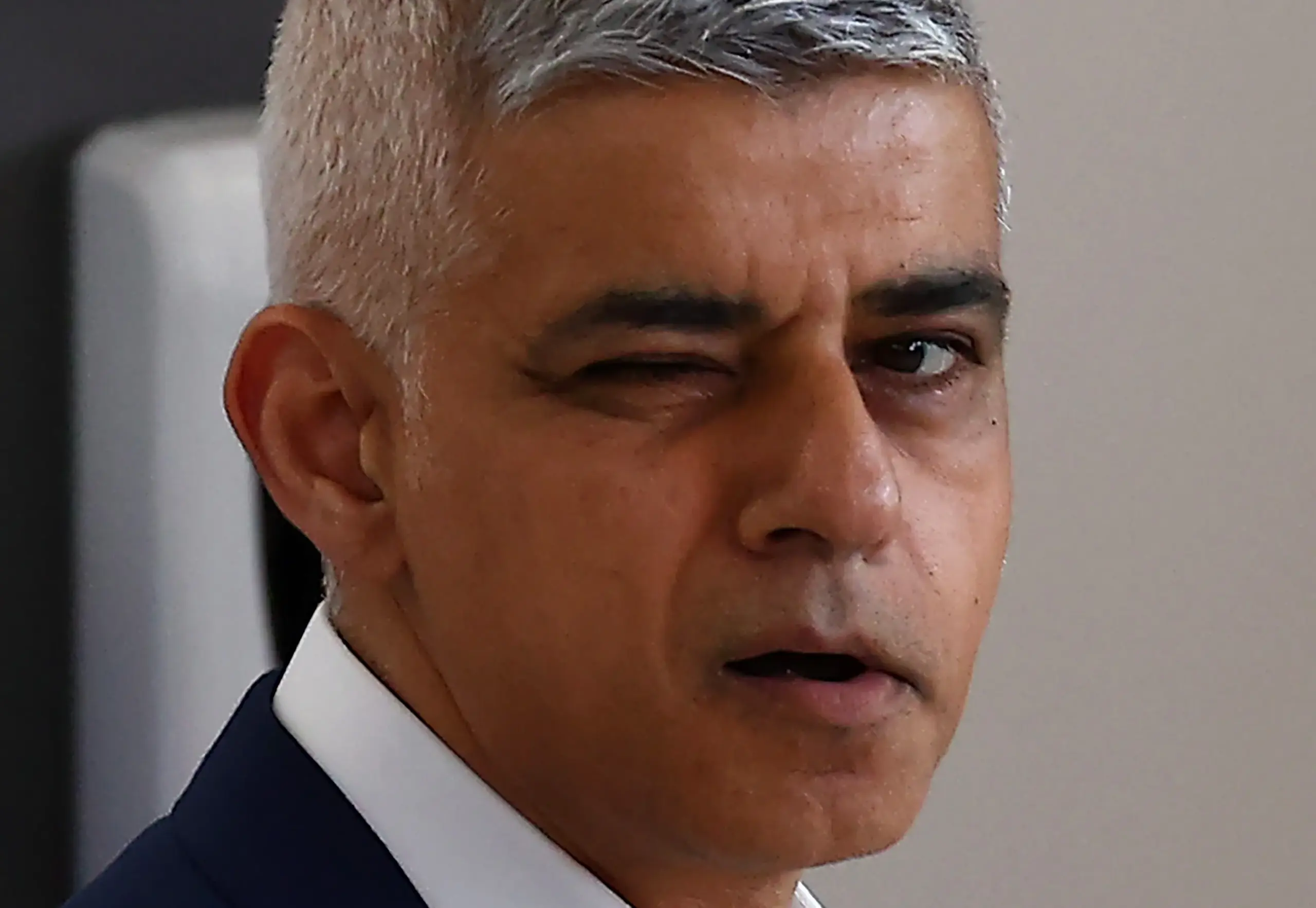
Introduction
Pakistan, a South Asian nation known for its rich culture and geography, is currently navigating a pivotal period marked by political challenges, economic reforms, and evolving international relations. Understanding recent developments in Pakistan is essential, as the implications of these changes resonate not only within its borders but also throughout the region and beyond.
Political Landscape
In recent months, Pakistan has experienced significant political turmoil. The ousting of former Prime Minister Imran Khan in April 2022 led to the rise of a new government under Shehbaz Sharif. The political scene has been tumultuous, with Khan’s party, the Pakistan Tehreek-e-Insaf (PTI), alleging electoral manipulation. As of October 2023, impending elections are anticipated, creating uncertainty as campaigning intensifies amidst economic pressure.
Economic Challenges
Pakistan faces critical economic hurdles, including soaring inflation, a depreciating currency, and mounting debt. The International Monetary Fund (IMF) has imposed stringent conditions on pending loans, highlighting the need for structural reforms, tax adjustments, and fiscal discipline. In response, the government has announced enhanced measures aimed at stabilising the economy, including cutting government spending and increasing energy prices.
In addition, the agriculture sector, pivotal to the nation’s economy, is grappling with the impacts of climate change and flooding, which have significantly impacted crop yields.
International Relations
Pakistan’s relationship with its neighbours, especially India and Afghanistan, remains complex. The India-Pakistan rivalry continues to shape both nations’ military and diplomacy. Additionally, Pakistan’s ties with China have strengthened, highlighted by economic cooperation in projects under the China-Pakistan Economic Corridor. However, these relationships come with their own set of challenges, particularly regarding regional stability and security.
Conclusion
As Pakistan stands at a crossroads, the need for political stability and economic recovery becomes increasingly paramount. The upcoming elections could redefine not only governance but also impact foreign relations and economic strategies. Observers suggest that continued public participation in governance and a focus on reforms can help steer Pakistan toward a more stable future. For readers invested in global politics or economic development, tracking Pakistan’s trajectory will be crucial in understanding broader shifts in South Asia.
You may also like

Key Developments and Current Events in Iran

The Darkness: Current Events and Musical Journey
